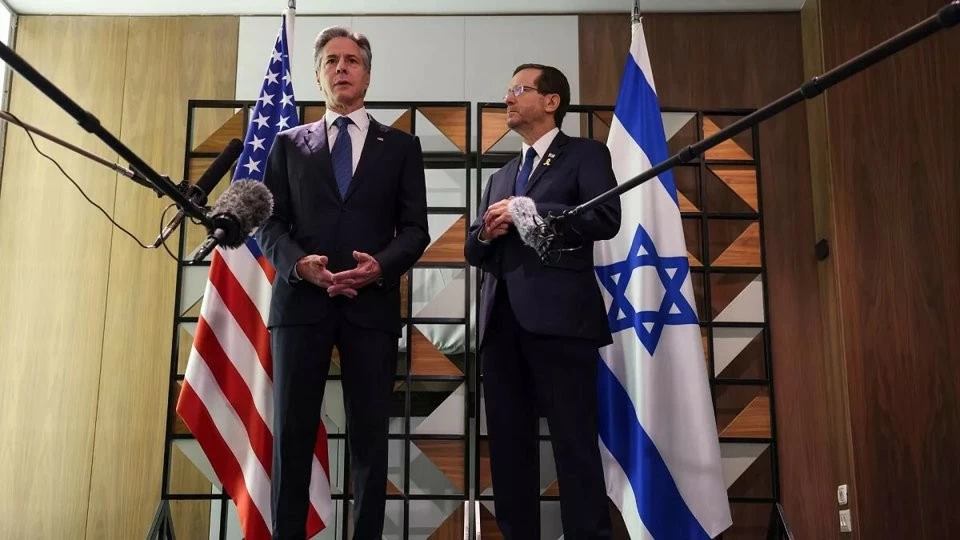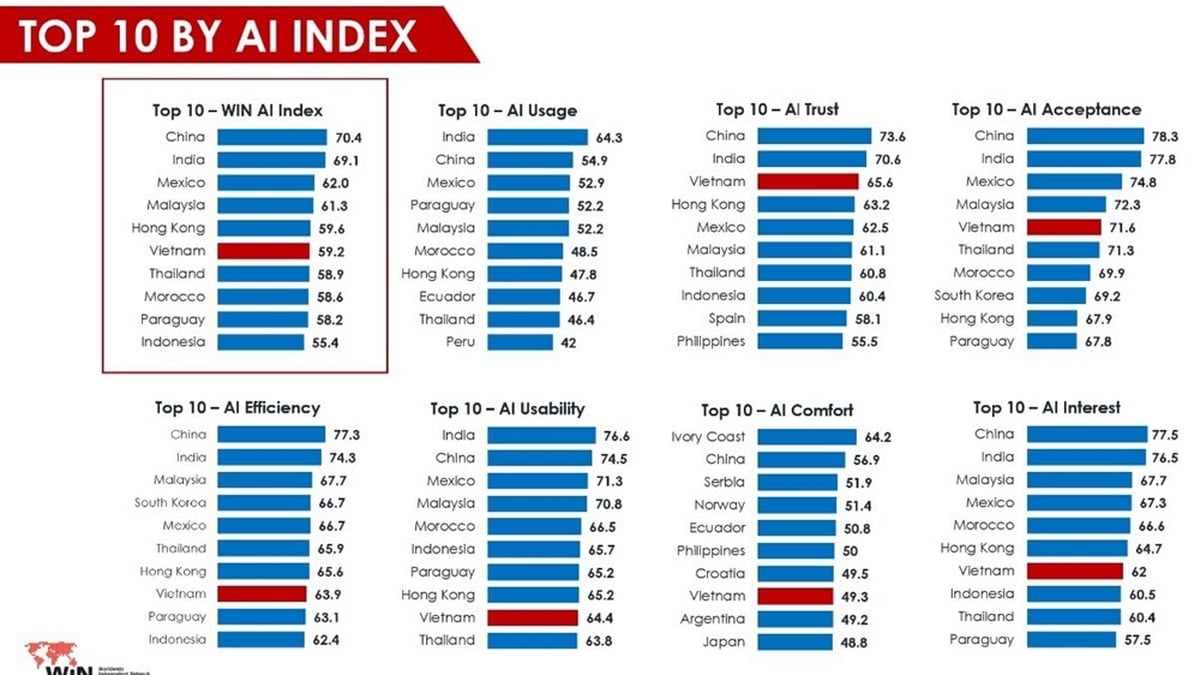A ceasefire in the Gaza Strip is becoming increasingly difficult to achieve due to the differing calculations of the parties. If this agreement cannot be reached soon, the conflict in the Middle East will escalate and the party with the biggest "headache" will be the US.
 |
| US Secretary of State Antony Blinken (left) and Israeli President Isaac Herzog at a press conference on the situation in Gaza on August 19. (Source: AP) |
Not yet achieved despite being suitable for Israel and Hamas
US and Israeli officials say a deal to end fighting in Gaza is on the brink of collapse and no clear alternative deal can be offered.
The current proposal put forward by the United States, Israel, Egypt and Qatar in July is the strongest form of agreement to date, officials said, as it includes provisions that meet the demands of both Hamas and Israel.
Israel signed, but Hamas has said publicly that it will not accept it. That has U.S. officials increasingly concerned that the proposal will fail like previous ones, when Hamas and Israel were at odds and there was no clear path to ending the fighting or bringing the hostages home.
President Joe Biden said on August 21 that Hamas had backed out of the deal that Israel had agreed to. Negotiators, including White House Senior Middle East Adviser Brett McGurk, will return to Cairo this week to try to iron out the details of the deal.
If mediators fail to bring Hamas on board, they may be left with no other choice, and the result is an increase in the likelihood of increased violence between Israel and Hezbollah as well as direct confrontation between Israel and Iran.
The US has hinted that Israel and Hamas were close to a deal, first in the spring and then in May when President Joe Biden announced a multi-phase deal that would have allowed the release of dozens of hostages and hundreds of Palestinian prisoners.
However, after each announcement, the negotiations broke down as Israel and Hamas proposed new conditions that the other side was unwilling to discuss or accept.
US Secretary of State Antony Blinken said on August 20 that “time is of the essence” to secure a ceasefire in Gaza as he ended his Middle East tour with a call for a deal.
In Jerusalem on August 19, Secretary of State Antony Blinken called the deal now being offered “perhaps the best chance, maybe the last chance” to achieve a ceasefire and release the hostages.
Mr Blinken said the US continued to oppose any “long-term” occupation of Gaza by Israeli forces and that negotiations had been “very clear about the timetable and location” of Israel’s withdrawal from Gaza.
“This needs to be done, and it needs to be done in the coming days, and we will do everything we can to get it there,” the US secretary of state told reporters at Doha airport.
Difficult to "talk" with Hamas
Negotiating with Hamas, however, is extremely difficult, as the organization's leadership in Doha often disagrees with its members on the ground in Gaza or struggles to communicate effectively with them.
Hamas has publicly opposed ceasefires in the past, and U.S. officials said that could happen with this one. Hamas and Israel remain at odds over some of the terms of the new proposal, so reaching a final agreement would “require further action from both Hamas and Israel.”
The proposal focuses primarily on Hamas releasing the remaining hostages and the bodies of those killed, an Israeli official said, and also addresses the issue of how and whether Israeli forces will withdraw from Gaza.
Israel and Hamas, however, have disagreed on how many hostages to release from the enclave. The original deal proposed by President Biden in May included language allowing for dozens to be released. It is unclear what number is included in this proposal or how many are still alive.
Israel and Hamas also disagree over Tel Aviv's presence in both the Philadelphia Corridor - a strip of land on the Egypt-Gaza border, and on a major route leading to northern Gaza.
Israel has said it wants to maintain its positions in both places to ensure Hamas cannot smuggle goods through Egypt and retake its strongholds.
For its part, Hamas stressed that the group was eager to reach an agreement but that the new terms contradicted the previous framework.
Complex Trajectory of Combat
Hamas said that by changing the terms, the United States was showing “bias” toward Israel. Biden officials want to reach a deal between Israel and Hamas to prevent further escalation on Israel’s northern border, where Hezbollah and the Israel Defense Forces (IDF) are engaged in increasingly bloody fighting.
Although the conflicts involve two separate Iran-backed groups and completely different battlefields, they are deeply interconnected. Events in each group often impact the trajectory of fighting in the other.
For months, the Biden administration has tried to handle the Gaza and northern border talks separately, appointing different envoys and negotiators. But US officials increasingly believe that if they can find a deal in Gaza, they can negotiate a way out of the conflict between Israel and Hezbollah.
If both conflicts continue, Tehran is likely to carry out its threats to attack Israel, which it has been making for weeks.
A major attack inside Israel would make it difficult for Jerusalem to ignore, plunging the country into direct confrontation between the two countries.
“Obviously that’s the biggest concern here and something we’ve been trying to avoid since October 7. But the likelihood of that happening increases significantly if Hamas doesn’t agree to this proposal,” a US official said.
Source: https://baoquocte.vn/thoa-thuan-ve-gaza-cang-di-cang-khong-thay-anh-sang-cuoi-duong-ham-vi-hamas-kho-tinh-hay-my-thien-vi-283482.html



























![[Photo] National Assembly Chairman Tran Thanh Man visits Vietnamese Heroic Mother Ta Thi Tran](https://vphoto.vietnam.vn/thumb/1200x675/vietnam/resource/IMAGE/2025/7/20/765c0bd057dd44ad83ab89fe0255b783)










































































Comment (0)